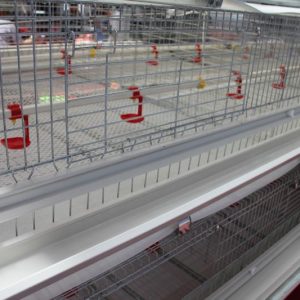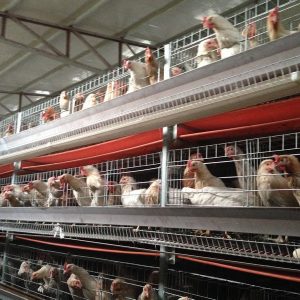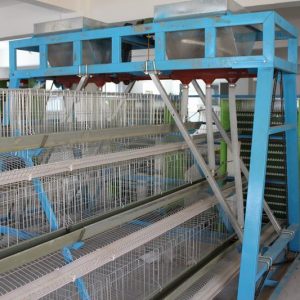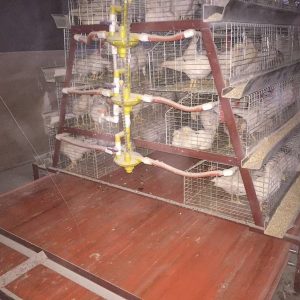
Is poultry farming technology easy to learn?
Is poultry farming technology easy to learn? Many people think that poultry breeding and pig breeding are the simplest breeding techniques in the breeding industry. In fact, the reason why everyone thinks that it is simple is because it is more common. There are many free-range households and ordinary people can raise them. Comprehensive understanding of poultry farming technology.
Weed out old and weak hens
Laying hens should be kept for 1 to 2 years, and should be eliminated after 2 years. Those with poor physique and low egg production should be picked out in a timely manner. The eliminated laying hens should be fed more high-calorie feeds, such as corn, bran, etc., to promote the hens to increase fat, and be marketed in time after being fattened. In addition, the old and new laying hens should be raised separately, so that the new laying hens will gradually transition from pre-laying to laying.
Manual moulting
Implement artificial control of feeding conditions to promote synchronous moulting of laying hens. In order to make the laying hens moult synchronously, the light time can be reduced from the original 16 hours to 8 hours, the strong light is changed to weak light, the compound feed is changed to chaff and straw, and 1% is added to the feed~ 1.5% of raw gypsum replaces minerals and moults within 7 to 10 days. After moulting, add appropriate amount of green fodder such as pumpkin and vegetables to the diet to restore the light to 12-16 hours. After 4 to 5 weeks, the laying hens can grow new feathers, and the flocks can lay eggs in 7 to 8 weeks. Adding 2.5% zinc oxide to the diet can also promote the moulting of laying hens, shorten the moulting time, and lay eggs earlier.
Adjust the diet structure
The feed is required to be rich in protein, minerals, and vitamins, with good palatability and high quality. When the laying rate of laying hens is 70%~90%, the diet should contain 17%~19% protein, 2700~2750 kcal per kilogram of feed, and 3%~4% calcium. When every 100 chickens lay 5-10 eggs per day, it can start to induce labor. For every 100 kg of feed, add 15-20 kg of bean cake, 5-7 kg of fish meal and blood meal, 5-10 kg of bran, and locust leaf powder. 3 kilograms, 2 kilograms of bone meal, 4 to 5 kilograms of shell meal, 0.5 kilograms of salt, 10 kilograms of multivitamins for laying and poultry, appropriate amount of mineral additives, and the rest is corn. When the egg production rate reaches 70% to 80%, add 1 to 2 kilograms of fish meal for every 100 kilograms of feed in the diet, and appropriately reduce bran and corn, so that more eggs can be produced.
Drinking water for chickens in winter
The water temperature cannot be too low. Chickens drinking cold water can reduce the egg production rate and increase the feed consumption. The water temperature is generally 10 ℃ ~ 20 ℃. If conditions permit, place a large container in the chicken house for water to increase the water temperature.
The amount of water in the sink is appropriate. There should not be too much water in the sink to avoid frostbite caused by the water. For flat chicken houses, the drinking trough must have a device to prevent chickens from entering the trough.
Ensure that drinking water is clean. Chicken drinking water should be clean and hygienic, and the sink should be cleaned frequently.
Provide adequate drinking water. The water requirement of chickens is generally twice that of the feed they eat, but the actual requirement is often affected by temperature and the type of feed they eat. Therefore, sufficient drinking water should be provided to allow chickens to drink freely.
Prevent and control flocks prone to disease
During the alternate period of summer and autumn, the temperature difference between day and night gradually increases, and the dry climate is likely to cause disease in chickens, resulting in decreased egg production performance, increased death, and various degrees of economic loss. Therefore, in order to reduce the occurrence of diseases, we should start with disease prevention and control. In terms of disease prevention and control, we must attach great importance to the control of several susceptible diseases, pay attention to the prevention and health of chicken diseases, and prevent viral infectious diseases and some bacterial infectious diseases according to immunization procedures, achieve immunization procedures, and epidemic detection systems化. Once chicken disease occurs, it must be treated in time.



